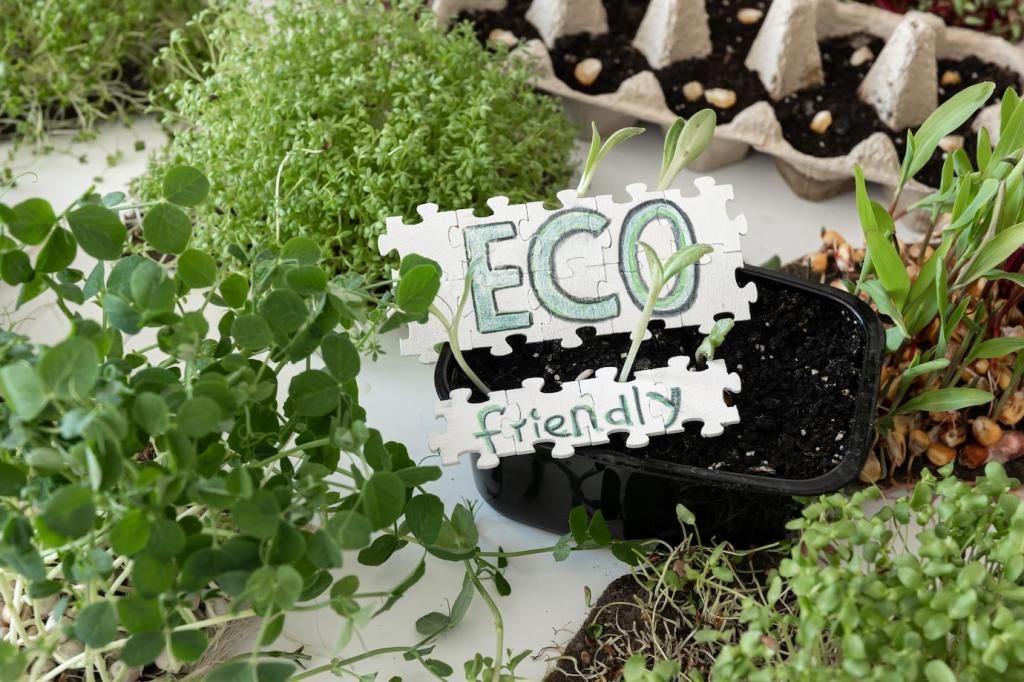Sourcing Smart: Finding Recycled Textiles and Components
Explore thrift stores, textile recycling centers, architectural salvage yards, and community swap groups. Ask for denim, canvas, sailcloth, and coffee sacks. Always document provenance when possible, especially for historic pieces you plan to restore and proudly share.
Sourcing Smart: Finding Recycled Textiles and Components
Check fiber labels when available, burn-test tiny threads responsibly, and feel for weave density. Tight, heavyweight weaves withstand tension and abrasion better. Prefer polyester or blended threads for seams, and verify stretch behavior to avoid future sagging.
Sourcing Smart: Finding Recycled Textiles and Components
Wash hot when the fabric allows to set shrinkage early, then press flat. Carefully unpick seams on garments, remove zippers and rivets, and store like fabrics together. Label yardage and defects so cutting plans respect stretch, grain, and flaws.
Sourcing Smart: Finding Recycled Textiles and Components
Lorem ipsum dolor sit amet, consectetur adipiscing elit. Ut elit tellus, luctus nec ullamcorper mattis, pulvinar dapibus leo.





